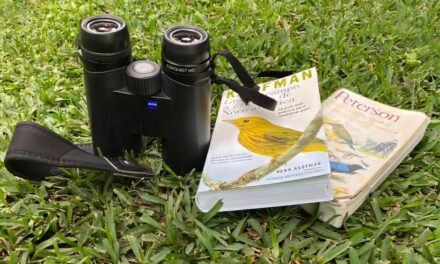
Wine-throated Hummingbird Identification Guide | Traits, Range & Photos
Wine-throated Hummingbird Identification Guide
Nestled within Central America’s vibrant, foliage-rich forests, a minuscule winged wonder captures the hearts of both avid birdwatchers and ornithologists alike. Meet the Wine-throated Hummingbird (Selasphorus ellioti), one of the smallest birds in the region. This feather-light marvel is a living testament to the intricate beauty of avian evolution and biodiversity. In this guide, we’ll explore everything you need to know to identify this stunning species in the wild.
Physical Description: Size, Color, and Unique Features
Dimensions and Mass
The Wine-throated Hummingbird epitomizes miniature elegance. Adult males typically measure 6.5 to 7.5 cm in length and weigh just 2.3 to 3.5 grams, placing them among the tiniest birds in the world.
Plumage and Coloration
The bird’s name comes from the male’s vibrant wine-colored throat, which contrasts beautifully with its jade-green back and white underparts. This coloration not only dazzles observers but also plays a crucial role in camouflage and courtship.
Habitat and Geographic Range in Central America
This hummingbird thrives in the mountainous regions of Guatemala and Honduras, and is also found in parts of Mexico and El Salvador. It typically inhabits elevations between 900 and 2,500 meters, favoring cloud forests and wooded slopes rich in nectar-producing flowers.

Diet and Feeding Behavior of Wine-throated Hummingbirds
Nectar and Insects
Their primary food source is floral nectar, which they extract with their slender bills and tube-like tongues. To supplement their high-energy diet, they also consume small insects and spiders, providing essential protein.
Metabolism and Foraging
With one of the highest metabolic rates among vertebrates, Wine-throated Hummingbirds must consume nearly half their body weight in nectar each day. This requires constant foraging and remarkable energy efficiency.
Breeding Habits and Nesting Strategies
Reproductive Season
Breeding generally occurs between March and June. During this time, the female is solely responsible for nest-building, incubation, and chick-rearing.
Nest Construction
Nests are crafted from plant fibers and spider silk, offering both strength and elasticity. These tiny structures are often attached to thin branches in well-hidden locations.

Conservation Status and Threats
Although not currently listed as endangered, the Wine-throated Hummingbird faces increasing risks due to habitat loss, deforestation, and climate change. Conservation programs are focused on preserving its natural habitats to ensure its long-term survival.
Field Identification Tips for Birders
- Look for a small, hovering bird with a shimmering wine-red throat in forested mountain areas.
- Listen for high-pitched, rapid wingbeats.
- Bring binoculars and visit known birdwatching hotspots in Guatemala and Honduras.
Final Thoughts on Observing Wine-throated Hummingbirds
The Wine-throated Hummingbird is truly a living jewel of Central America. Its dazzling colors, elusive behavior, and ecological importance make it a favorite among birdwatchers and biologists. Whether you’re observing it in the cloud forests of Guatemala or reading about it from afar, this tiny bird leaves a big impression.
Don’t forget: If you find yourself in the highlands of Central America, keep your eyes open for a flash of wine and emerald—you might just witness one of nature’s smallest marvels in flight.
Explore more identification guides and birdwatching tips on our blog!







